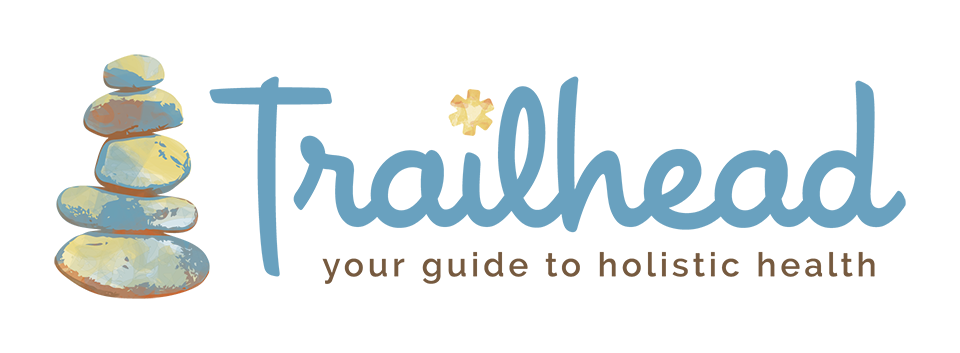What is postural restoration?
Well, postural restoration is a unique approach to physical therapy where we're looking at abnormal, unbalanced movement patterns. And we all have a little bit of imbalance in us and that is perfectly normal, but sometimes we kind of go past a certain threshold that's “healthy,” and so we really need something to help fine tune us and rebalance us out. So postural restoration looks at certain patterns, and there's a couple main ones, and we basically really try to focus on balancing that out. And it's not just about balancing strength, but it's also about approaching that balance with looking at neurology and respiration and even how we sense our bodies in space. Some people do not have a good sense of even where their bodies are, and so, if you don't have a good sense of where your body is, you’ve got to kind of start there before you can really change how you're moving!
How do you study postural restoration?
Well postural restoration, they have an institute, and there's a lot of different training courses that you take. And then there's an actual certification that you end up getting. And you really have to, even, apply to try and get certified and take the test, and it's pretty rigorous. So even going through that whole process, taking the coursework and then applying for certification and then finally taking that test, is a really long and arduous process.
How many years and experience did [certification] take for you?
I really fell in love with the approach and so I took a lot of the classes really quickly, and right after school, so it probably took about three years. And then, even once you're certified, you're not done. It's just the tip of the iceberg, like almost anything is; you get a really good handle on a certain body of knowledge and then you realize how much more you've got to learn. And so it's a continual process of just adding on to layers and layers of aspects to that approach to really becoming an expert clinician.
What type of client should come and work with you?
The people that I tend to see can range quite a bit to be honest. I see, from chronic pain to, I've seen professional athletes. They're all great and they're all challenging in their own right. So chronic pain has its own aspects that make it really challenging, but then athletes are really hard because they're super ingrained in their patterns and so you actually have to kind of break them down a little bit to change their patterns because they're super strong in what they do, but they have to get more balanced. And so you've got to get them stronger in other ways.
I really can treat a gamut, but generally I will look at a patient and assess their asymmetries, and we really do all have something going on that we can improve, and try to become, and really try to create people that are more efficient. And that really works with any population. You've got athletes that want to become more efficient, because if they're a swimmer, they're going to swim through the water a lot faster if they're much more streamlined. Same thing with people in everyday life. So, if it takes every single bit of effort just to get out of a chair, that's not very efficient. And so if you can have more muscles helping you out, so some people are only using half of what they really should use to get out of a chair-say they're only using their quadriceps, the front of their thighs, if you have your butt and your back thighs working for you, that's two-thirds more of the muscles that you're accessing to get out of that chair and you've just become more efficient because you've got more things helping you. So even everyday life needs to be more efficient.

